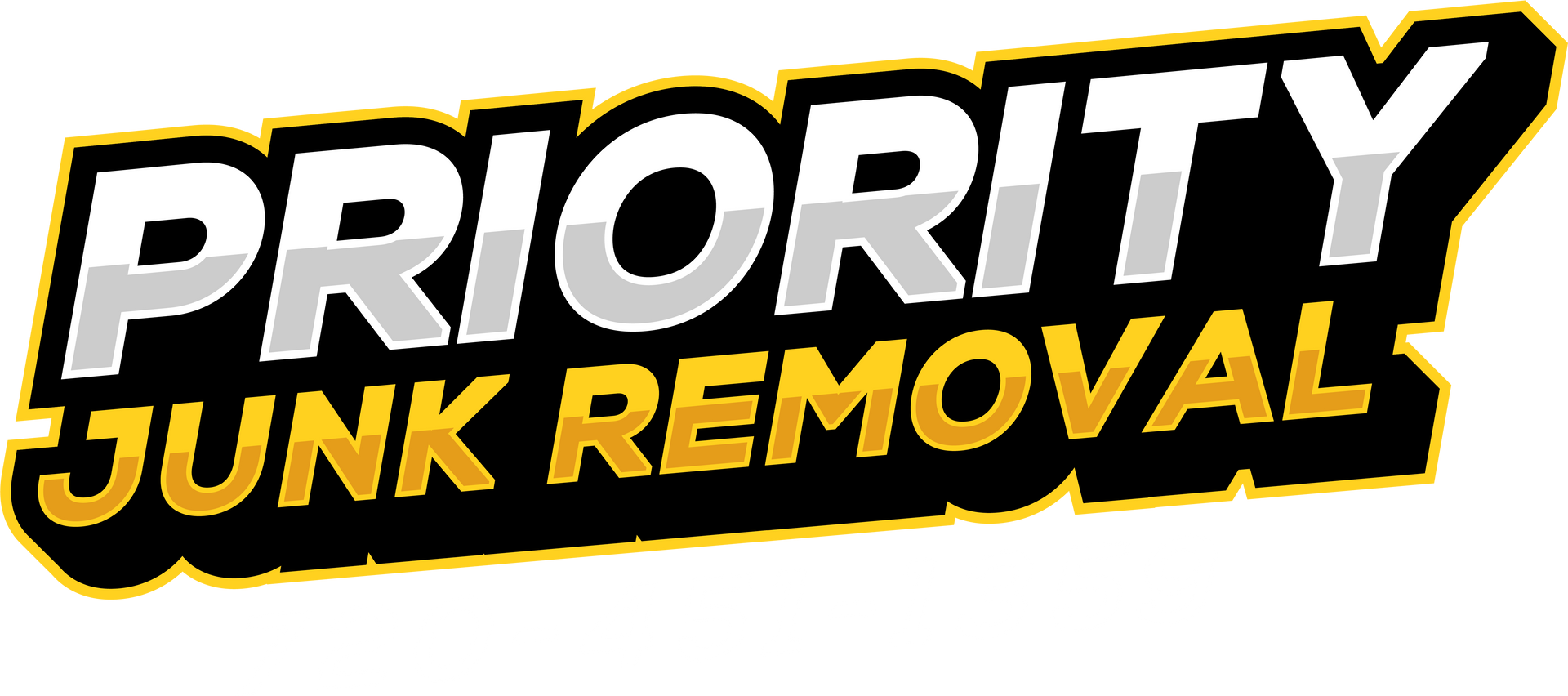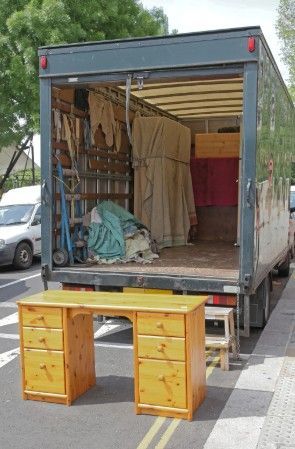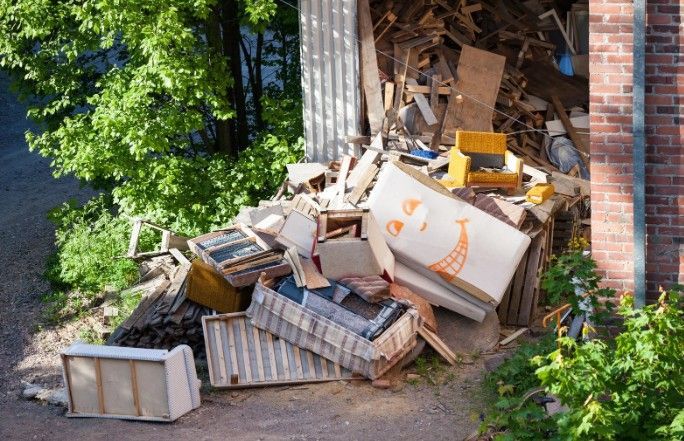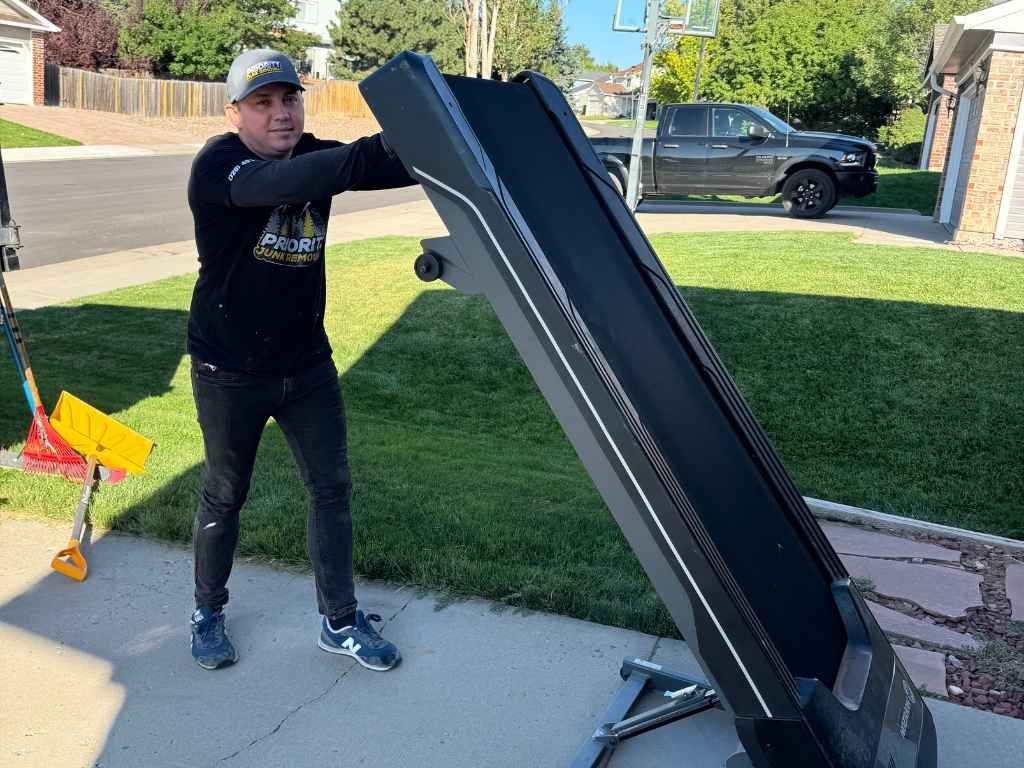How to Handle a Large-Scale Foreclosure Cleanout
Dealing with a large-scale foreclosure cleanout can feel like tackling a mountain of challenges. From unwanted furniture to heaps of trash and paperwork scattered throughout the property, the task can seem daunting. Whether you’re handling this yourself, working with a team, or hiring professionals to assist you, understanding the best practices for managing this process is key to efficiently reclaiming a property. Let’s dive deep into the steps that will help you handle a large-scale foreclosure cleanout with confidence and ease.
Assess the Situation
Before diving into the physical work of a foreclosure cleanout, it’s crucial to step back and thoroughly assess the property’s condition. Every foreclosure is different—some properties are relatively clean, while others are overflowing with clutter and damaged belongings. Taking the time to evaluate the size and scope of the cleanout will help you create an efficient plan. Start by considering the size of the property. A small single-family home will require fewer resources and time compared to a multi-unit apartment building. Next, assess the level of clutter. Foreclosed properties are often left in poor condition, with abandoned furniture, appliances, and even hazardous materials like mold or chemicals.
If the property has been unoccupied for an extended period, you might also encounter structural issues like leaking roofs, broken windows, or pest infestations. It’s also essential to understand the legal side of the cleanout. Different states have varying rules about handling personal property left behind after a foreclosure. For instance, you may need to notify the previous owner or hold onto certain items for a period before disposing of them. Walking through the property with a notebook or checklist will help you identify what needs to be addressed and determine whether you’ll need additional help from specialists. A thorough assessment will give you a clear roadmap and prevent unexpected surprises down the line.
Secure the Property
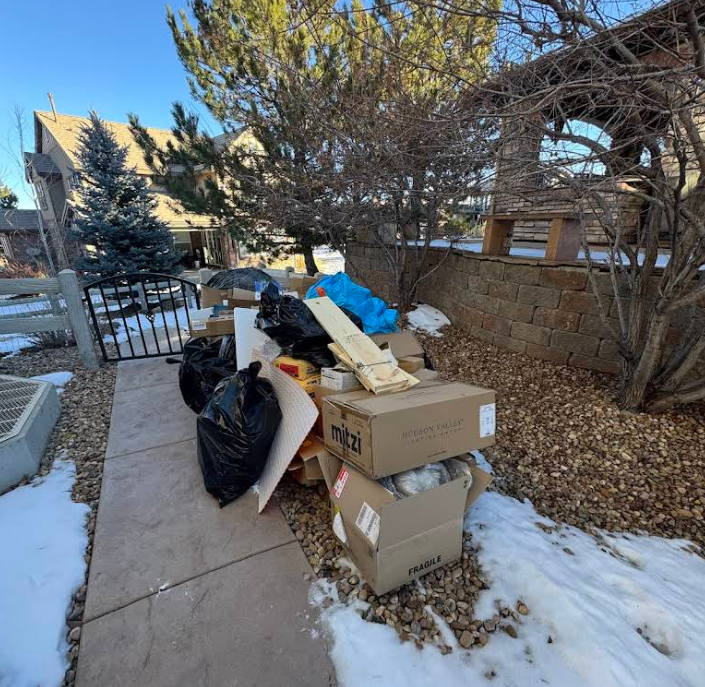
Once you’ve assessed the property’s condition, the next step is to secure it. Foreclosed properties are prime targets for theft, vandalism, and trespassing, so ensuring the property is safe and secure will protect both the property’s value and the safety of the cleanup crew. Start by changing all the locks on doors and windows. Even if you’ve been given keys, you can’t be certain that there aren’t other copies floating around. Replacing the locks ensures that only authorized personnel have access. Next, inspect the property’s exterior security features.
Make sure any fences, gates, or security cameras are intact and functional. If the property lacks these features, consider installing temporary measures like motion-sensor lights or security cameras to deter potential intruders. Turning off the utilities is also essential. Water leaks, gas leaks, or faulty electrical wiring can lead to serious hazards during the cleanout process. Shut off water, gas, and electricity at the main source, or have a professional inspect the systems if you’re unsure of their condition. Taking these precautions will give you peace of mind and create a safer environment for everyone involved in the cleanout. A secure property also helps maintain its value and prevents further damage or liability issues.
Remove Large Items First
Dealing with large furniture and appliances is often the most challenging part of a foreclosure cleanout. Beds, couches, refrigerators, and washing machines are not only bulky and heavy but also difficult to dispose of properly. Tackling these items first clears the way for more efficient cleanup of smaller items. Begin by sorting through the large pieces. Walk room by room and decide which items can be salvaged, donated, or need to be thrown away. If the furniture is in decent condition, consider donating it to a local charity or resale store.
Items that are beyond repair should be hauled away to a junk removal site or recycling center. Heavy lifting can be dangerous without the right tools and help. Enlist the assistance of friends, family, or professional movers to handle large items. Make sure they have the right equipment, such as dollies and lifting straps, to avoid injury or damage to the property. Additionally, consider eco-friendly disposal options for appliances and electronics. Many junk removal companies specialize in recycling, which can help reduce landfill waste. Removing large items first creates a clean slate, making it easier to manage the smaller details of the cleanout process.
Clear Out Smaller Items
Once the big furniture and appliances are out of the way, it’s time to focus on the smaller items that clutter up every corner of a foreclosed property. Leftover clothing, kitchenware, papers, and even food in the pantry are common in foreclosure cleanouts. Handling these smaller items systematically will make the process more efficient. Start with one room at a time and work your way through the property. Jumping from room to room can make the task feel overwhelming and disorganized. Create designated piles for items you want to keep, donate, recycle, and throw away.
Clothing and household items that are still in good condition can be donated to local charities, while paper and plastic materials should be sorted for recycling. Trash removal requires extra care, especially when dealing with expired food, old medications, or cleaning products. Wear gloves and protective gear when handling trash, and consult local guidelines for proper disposal of hazardous materials. Mold, dust, and debris can also present health risks, so wearing a mask is a smart precaution. Clearing out the smaller items after removing the large ones will give you a clearer sense of progress and make the deep-cleaning phase easier.
Address Hazardous Materials
Foreclosures often come with more than just furniture and clutter—they may also contain hazardous materials that require special handling. Leftover chemicals, mold, and even asbestos can pose serious health and environmental risks if not dealt with correctly. Mold and mildew are common issues in properties that have been vacant for long periods. Mold can grow in damp areas like basements, bathrooms, and behind walls, creating both a health hazard and structural damage. If you spot mold, it’s essential to contact a professional mold remediation service rather than attempting to clean it yourself. Asbestos is another concern, especially in older homes. Properties built before the 1980s may contain asbestos in insulation, floor tiles, or roofing materials.
Disturbing asbestos without proper training and equipment can release harmful fibers into the air. A certified asbestos removal service should handle any suspected asbestos materials. Other hazardous materials might include old paint, cleaning supplies, and automotive fluids. Many cities have designated hazardous waste disposal sites where you can safely discard these materials. Handling hazardous materials properly ensures the safety of the cleanup crew and protects the property’s future occupants from health risks.
Deep Clean the Property
After the clutter and junk have been removed, it’s time to give the property a deep clean. Deep cleaning not only improves the home’s appearance but also boosts its value and appeal to potential buyers or renters. Start with the floors. Sweep and mop all hard surfaces, and vacuum carpets thoroughly. Stubborn stains might require steam cleaning or spot treatments. If the flooring is beyond repair, consider replacing it to enhance the home’s overall presentation. Next, clean the walls and windows.
Dust and grime often accumulate on these surfaces, especially in neglected homes. Wipe down baseboards, clean window sills, and remove any cobwebs. Repainting walls in neutral tones can give the property a fresh, inviting look. Pay special attention to the kitchen and bathrooms. Scrub countertops, sinks, and fixtures to remove buildup and stains. Clean out cabinets and drawers, and sanitize appliances like refrigerators and ovens. A fresh-smelling and sparkling property will feel welcoming and well-maintained, making it easier to attract buyers or tenants.
Finalize the Cleanout and Prepare for Sale
With the property cleaned and organized, the final step is to make any necessary repairs and prepare the home for sale or rental. Minor upgrades and staging can significantly increase the property’s market value. Address any repair issues such as leaky faucets, broken windows, or damaged light fixtures. Updating outdated fixtures and replacing worn-out flooring can make a big difference in the home’s overall appeal.
Staging the home is a smart strategy to make it feel lived-in and inviting. Simple touches like placing fresh flowers on the table, adding soft throw blankets to couches, and setting up cozy lighting can help potential buyers envision themselves in the space. If you’re renting rather than selling, making the home look move-in ready will attract higher-quality tenants. Taking the time to properly clean, repair, and stage the property will help maximize its value and ensure a smooth transition to new ownership or tenancy.
Conclusion
Handling a large-scale foreclosure cleanout requires patience, organization, and sometimes professional help. But with the right approach and strategy, you can transform a neglected property into a clean, appealing space. It all starts with a thorough assessment, secure the property, and systematically removing large and small items. Don’t forget about hazardous materials and the importance of deep cleaning, especially if you plan to sell or rent the space afterward.
For those who feel overwhelmed by the task or simply want to speed up the process, professional junk removal companies, like Priority Junk Removal, can be a great option. They bring the experience and equipment needed to tackle even the most extensive foreclosure cleanouts, allowing you to focus on the next steps. Priority Junk Removal is located at 6091 South Spotswood Street, Littleton, Colorado 80120, United States. You can contact them at 720-451-1359 or via email at priorityjunkremoval@gmail.com for more information.
